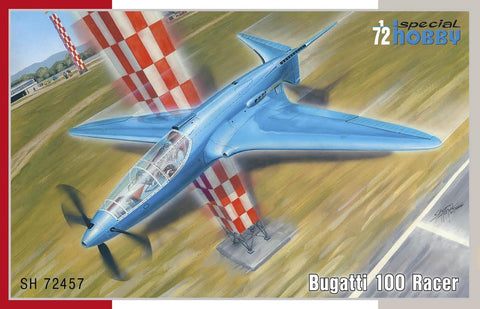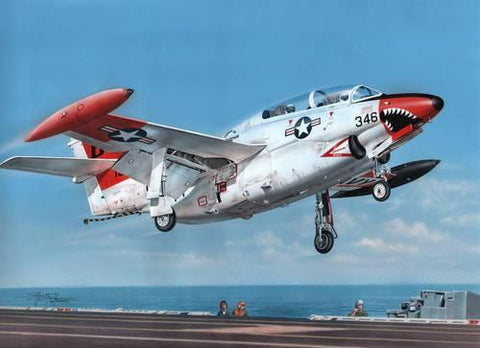The Dornier Do 27 was the first military aircraft to be manufactured in quantity in what was West Germany since World War 2, and it was also built in limited numbers for civil customers. The Do 27 traces back to the Do 25, which Professor Claude Dornier (Dornier was responsible for the Do 17 medium bomber in WW2) designed in Spain for a Spanish military requirement for a light general purpose utility aircraft. Two prototypes Do 25s were built, the first was powered by a 110kW (150hp) ENMA Tigre GIVB engine and flew for the first time on June 25, 1954. Subsequently, CASA built 50 production aircraft as Do 27As for the Spanish air force (Spain designated the type C127). Following this success, the German military ordered the Do 27 in large numbers. Some 428 were delivered to Germany's armed forces from the mid-1950s to 1960, although these aircraft have since been retired. Small numbers were built for other military customers, and others for commercial use. <p>Features of the Do 27 design include a flat six Lycoming engine, a wide and relatively roomy cabin, wide track undercarriage and excellent STOL performance. The STOL performance in particular suited the Do 27 for use in undeveloped countries, and several have seen service in Africa and Papua New Guinea. Do 27 models include the initial Do 27A and dual control Do 27B for Germany; the Do 27H series that was based on the A4 but with a more powerful engine and three blade prop; and the Do 27Q series, equivalent to the Do 27A.









